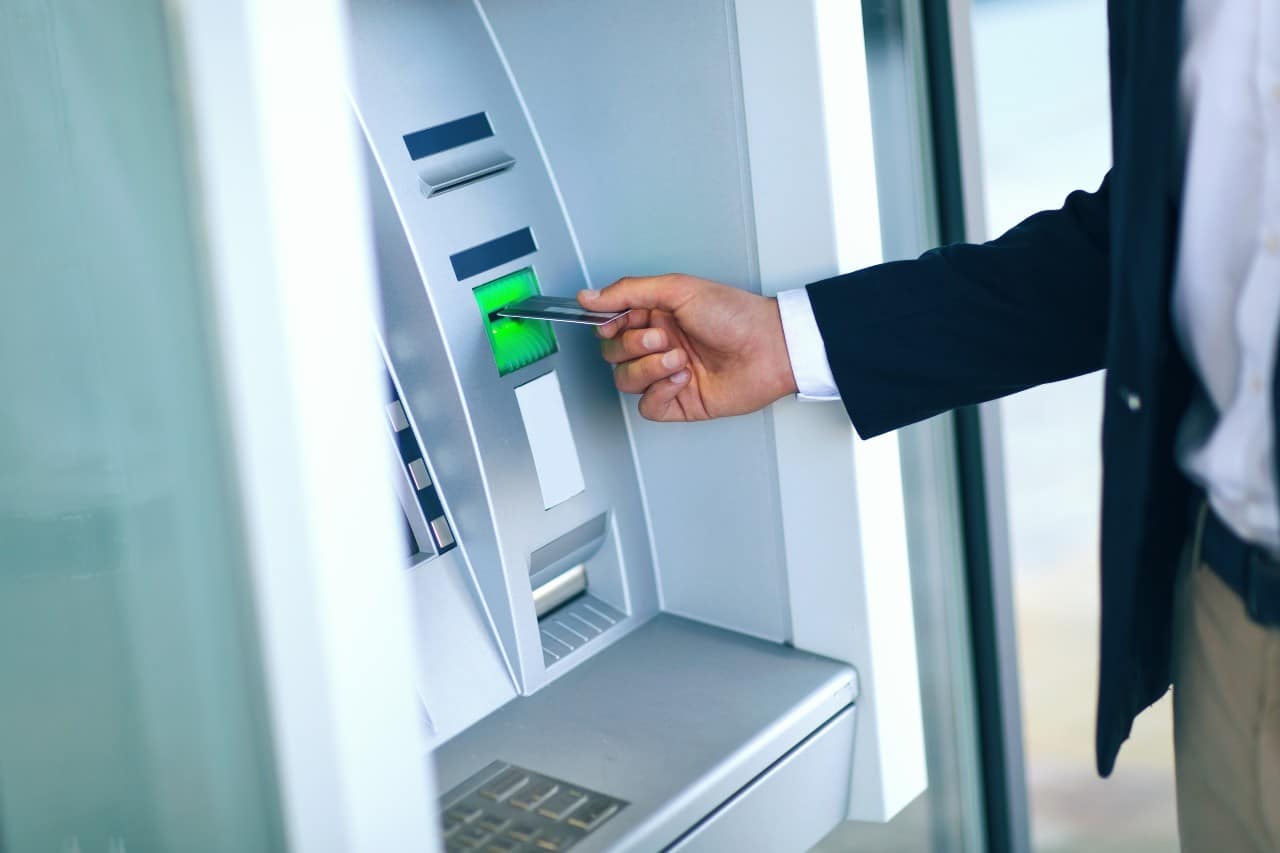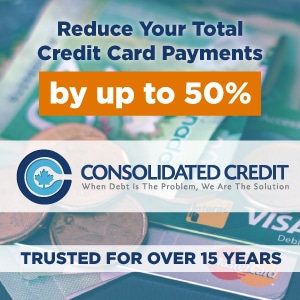It can be tempting to think that a bank account is a bank account, but not all accounts are created equal. When opening a bank account, there are many important factors to consider. A thoughtful approach to things like the services you need, comfort with technology, and costs will ensure you find a financial institution and bank account that aligns with your financial needs, habits and goals.
Why open a bank account?
Generally, a good place to start is asking yourself, “Why am I opening a bank account?” There are many reasons to open an account. You may need access to financial services like direct deposit, pre-authorized bill payments, ATM withdrawals, direct debit purchases, or money transfer. All of which are valuable tools for managing everyday expenses, saving for future goals, and engaging in modern financial transactions. Albeit, not everyone needs every financial tool. Simplify your search by taking note of which services you need to help narrow down to just those banks and accounts that offer them.
Banks
The banking landscape in Canada, while similar to many other countries, is unique. It includes major Canadian banks, international banks, and online-only banks, each with its own set of offerings.
Canadian
Chiefly, the core of the banking landscape in Canada includes the National Bank of Canada and what’s called the Big Five. They are: Royal Bank of Canada (RBC), Toronto-Dominion Bank (TD Bank), Bank of Montreal (BMO), Canadian Imperial Bank of Commerce (CIBC), and Bank of Nova Scotia (Scotiabank). Correspondingly, they are the largest of the banks in Canada and offer, arguably, the most comprehensive array of services.
International
International banks operating in Canada include HSBC Canada, Citibank Canada, Bank of America Canada, and Barclays Canada. These are all banks that were established in a foreign country and have opened branches within Canada. However, regulations require that these banks work in tandem with one the the Big Five.
Online banks
Online Banks such as Tangerine, Simplii Financial, and EQ Bank are popular for their digital services. These banks typically have fewer, if any, physical locations, making it cheaper for them to operate. Lower operating cost often means these banks can offer competitive interest rates and flexible online banking options.
Account types
The Canadian banking system offers a variety of types of bank accounts. Each one has a specific purpose. It’s important to know what the various types are so you can choose the one suited to what you need.
- Chequing accounts are versatile for day-to-day transactions, bill payments, and ATM withdrawals, often with debit cards. Accordingly, they are ideal for managing everyday expenses.
- Savings accounts are suitable for growing savings over time, typically offering a slightly higher interest rate than chequing accounts.
- Youth savings accounts are designed for younger individuals, sometimes requiring a parent or guardian for co-ownership.
- High-interest savings accounts (HISAs) maximize your interest earnings while maintaining liquidity.
- Tax-Free Savings Accounts (TFSAs) allow Canadians to earn tax-free investment income.
- Joint accounts are shared accounts for managing shared expenses.
- Business accounts are tailored for entrepreneurs and businesses, offering specialized services for managing business finances.
- Foreign currency accounts are useful for international transactions to hold funds in different currencies and help mitigate exchange rate fluctuations.
- Registered Retirement Savings Plans (RRSPs) are tax-advantaged accounts for retirement savings, with tax-deductible contributions.
- Registered Education Savings Plans (RESPs) are specific savings accounts for a child’s education, with tax-deferred investment income and potential government grants.
Considerations
There are many factors to consider when opening a bank account: the services you need, comfort level with tech, the terms of the agreement, and fees.
Services you need
Basic banking accounts typically include a maximum allowable number of transactions per month, cheque writing privileges, and no extra charges for deposits or debit cards.
For those with more complex needs, account packages may include:
- Certified cheques
- Money orders
- Overdraft protection
- Direct deposit
- E-transfers
- Foreign money exchange
- Pre-authorized bill payments
- Direct debit purchases
You can often also gather information on credit cards and mortgages at many banks.
Terms
Each bank account has its own set of terms outlined in the Terms of Agreement. While each set of terms is different, many terms are common across all bank accounts.
When opening a bank account, the most important terms to consider are:
- Fees and Charges: Banks must provide clear information in writing about all applicable fees, increases in charges, and new charges. (We go more in-depth on fees below.)
- Withdrawal Limits: Account options may vary in their withdrawal limits.
- Balance requirements: Many accounts require keeping a minimum balance in the account, or a fee is applied.
- Cheque holds: Be aware that banks may apply holds on funds deposited by cheque to allow the cheque to clear, which protects against fraud.
- Interest Rates: For interest-bearing accounts, banks must disclose how interest is calculated and the frequency of payments.
- Customer support options: Access to prompt and efficient customer support through online chat, email, or phone calls.
- Deposit Insurance: Check that your deposits are protected by deposit insurance.
The terms below may not directly factor into the decision of which account to go with, but they are still important to be aware of:
- Privacy and confidentiality clauses
- Account closing procedures
- Outline of the responsibilities and liabilities of the account holder and the bank
- Waivers
- Dispute resolution procedures
- Electronic alert settings
Tech
Online banks are increasing in popularity because of their convenience, lower costs and competitive rates. Even with these benefits, online banks are not always a person’s first choice. There are factors that will steer people away from them. Before opening a bank account with an online bank account with one of these banks, it’s worthwhile asking yourself a few questions:
- How comfortable are you with technology?
- Will you be content with a more self-serve customer service experience?
- Are you anxious about online security issues?
If you’re someone who is uncomfortable with the idea of an arms-length banking experience or finds working with technology challenging and stressful, then an online bank is probably not for you.
Fees
Most bank accounts have fees, of one form or another, associated with them. Knowing which fees are associated with the bank account you’re opening, and when they occur, is a very important factor to consider. Below are some of the most common fees you’ll come across when opening a bank account.
Monthly fees
Many chequing accounts have a monthly fee to keep the account active, which can range from $3.95 to $14.95, or even higher for premium accounts. Though accounts with no monthly fees are becoming more common.
Minimum balance fees
Some accounts may waive the monthly fee if you maintain a minimum balance, but you’ll still be charged the fee if your balance falls below that threshold.
Excess transaction fees
If you exceed the number of free transactions allowed per month, you’ll be charged a fee for each additional transaction.
ATM fees
If you use an ATM that isn’t part of your bank’s network, you may be charged a fee by the ATM operator, and your own bank may also charge a fee.
Paper statement fees
A fee to cover the cost of offering paper statements.
Interac e-transfer fees
Some banks may charge a fee for sending or receiving Interac e-transfers.
NSF (Non-Sufficient Funds) fees
If you don’t have enough money in your account to cover a transaction, you’ll be charged an NSF fee, which can range from $25 to $35 per transaction.
Overdraft fees
If you spend more money than you have in your account, you’ll be charged an overdraft fee.
Foreign transaction fees
If you use your debit card or credit card outside of Canada, you’ll be charged a fee for each transaction.
Lost or stolen card fees
A fee to cover the cost of replacing a card that has been lost or stolen.
Opening an account
Generally, you can open a bank account in Canada online, over the phone, or in person at a branch. Online banks, and most traditional banks with online services, allow you to complete the process digitally, though some may require in-person identity verification. You don’t need a job or money to deposit right away to open a personal account, but you must be able to confirm your identity. To do that, you’ll generally need to provide two forms of identification.
There are two main ways to meet the ID requirements:
1. Provide two documents from a reliable source: One document showing your name and address, and another showing your name and date of birth.
Examples of accepted documents include:
- Valid Canadian driver’s license
- Recent bank account or credit card statements
- Certificate of Canadian Citizenship or Naturalization
2. Provide one document from a reliable source (name and date of birth) AND have your identity confirmed by someone else: This person must be either a customer in good standing with the bank or an individual of good standing in the community where you are opening the account.
Two important things to note when it comes to ID verification.
- Regulations require that banks see the originals of these documents; they cannot accept photocopies..
- Opening an interest-bearing account like an HISA or RRSP requires providing your Social Insurance Number (SIN), as the bank needs it to report your taxable interest income to the Canada Revenue Agency.
Your rights and important considerations
As a consumer, you have specific rights when opening a bank account in Canada.
- You have the legal right to open a personal bank account even if you don’t have a job, money to deposit immediately, or have been bankrupt (unless there’s evidence of fraud).
- Banks must provide clear, simple, and non-misleading information in writing about your account, including all applicable fees, interest rates, maximum cheque hold periods, and policies on when holds don’t apply. They must also notify you at least 30 days in advance of any fee increases or new charges.
- Banks must send you electronic alerts, without delay, when your chequing or savings account balance falls below $100 (or an amount you set) or when credit available on your credit card/line of credit falls below $100. These alerts help manage finances and avoid fees.
- A bank can refuse to open an account if they have reasonable grounds to believe it will be used for illegal or fraudulent purposes, if you have a history of such activity within the last seven years, if you make false statements, or if opening the account would pose a physical harm risk to others. They must advise you in writing if they refuse to open an account and provide contact information for regulators or complaint bodies.
- Generally, banks conduct credit checks with your consent to determine account conditions like ATM withdrawal limits.
- Banks may apply holds on funds deposited by cheque to allow them to clear, protecting against fraud. Establishing a stable relationship with your bank can help minimize holds.
- Cash a federal government cheque up to $1,750 for free at a bank without a hold, even if you are not a customer, provided you have acceptable identification. Some provinces also have agreements for cashing provincial government cheques.
Helpful resources
Government Support and Regional Considerations. For newcomers to Canada, the government offers resources like financial literacy programs, information on social assistance and benefits, and language support to help navigate the banking system.
It’s also beneficial to engage with local networks and communities to seek recommendations from friends or colleagues with banking experience. Staying informed about the Canadian economic climate and banking regulations can also help you make informed decisions.
Debt got your new bank account running low on funds? Contact one of our trained Credit Counsellors for a free consultation. They’ll walk you through what debt-relief options are available to get your finances back on track.










